It seems like, in this day and age, a new star ingredient pops up at least every month (and even more often sometimes). The beauty industry truly works hard on finding the next big thing, but it can sometimes be a bit overwhelming.
And, with the plethora of skincare ingredients already on the table, it might be hard to discern what is truly beneficial to your skin and what is not.
Well, fret not, in that sea, we’ve collected and presented a few drops that will truly do the trick for your skincare routine.
Sit back and enjoy our picks.
But First, Your Skin Type
Basically, you can’t blindly stumble your way through the ingredients on offer. The first thing you should do, even before you read the text, is find out your skin type.
Skin, as you may very well know, is the body’s largest organ. When it comes to complexity, it is definitely on par with the heart and lungs.
If you take the time to learn the specific needs of your skin, you will be able to choose the right skincare options, which will result in the improvement of the overall health of your skin.
While sometimes there may be certain overlapping, there are usually four types of skin. Here are the most common ones:
- Dry skin – This type of skin can feel tight during the day and you can even experience flaking. While dry skin comes mostly due to genetics, there are environmental factors that play a part in drying out the skin, such as diet, climate and even hormonal changes. Also, dehydration can lead to dry skin too. That means that your water intake in general should increase. Unfortunately, it also means that you should avoid known diuretics – alcohol and caffeine (bummer, we know!).
- Normal/combination skin – People with normal skin are usually not prone to breakouts on cheeks and have a moisturized T-zone. They can sometimes experience dryness on their cheeks. Usually, only gentle exfoliation is needed to keep their T-zone and cheeks balanced (truly, blessed!).
- Oily skin – When it comes to oily skin, there are good news and bad news. Good news is that oily skin definitely looks younger – people with oily skin are less prone to wrinkles. However, excess oil means you’re more prone to breakouts, as your pores can get clogged. Also, oily skin is also prone to post-inflammatory hyperpigmentation – basically, you can have dark spots on your skin after a breakout has healed.
- Sensitive skin – This may be the most challenging skin type, for various reasons. It can get inflamed or irritated quite often, and it responds to quite a few environmental factors. When it comes to using a new product, people with sensitive skin should be extremely careful. Remember, if you have sensitive skin, always patch test a new formula on your inner forearm (although this piece of advice applies to anyone trying out a new product). That way, you will avoid potential reactions on your face. Then, if the skin on your forearm does not show any signs of flaring up after a while, apply it behind your ear before you put it on your face.
Now, remember, the things we list here may not work in the same way for all skin types. That is why it is important to always know your particular skin type and to always test out any formula before you use it.
Skincare Ingredients That Actually Work
How many times have you gone to buy something, read its ingredients, and didn’t know what the heck you’ve just read?
But, when it comes to your skin, you can never be too careful when choosing what you use on it. As we’ve mentioned, the skin is the body’s largest organ, and that means it should be well taken care of.
Some of these ingredients you may have already heard of, while others will sound a bit complicated, but, don’t worry, we’re here to break down what everything is and why it’s good for you.
Off we go!
1) Vitamin C
Surprising, isn’t it?
You probably already know that Vitamin C is great for your body, since it is the vitamin with the best PR in the history of vitamins.
Well, the thing is, Vitamin C is an antioxidant that protects your skin from free radicals. Imagine free radicals as an army, ready to attack the fort that is your skin. Free radicals are basically harmful molecules that find their way into your skin and they usually come from environmental stressors. Well, Vitamin C would be the brave soldiers defending the fort.
Another great thing about Vitamin C is that it helps brighten skin tone and lighten pigmentation, which can come in handy if you have some dark spots on your face.
But its best characteristic is that it boosts collagen production. Collagen is the one responsible for making your skin look smooth and firm. Vitamin C stimulates production of collagen and it also protects the collagen you already have.
Basically, Vitamin C is the one you turn to when you want healthier skin in general.
2) Vitamin A
If you’ve never heard of Vitamin A, that’s simply because it doesn’t have such a good PR service as Vitamin C. Also known as retinol, Vitamin A is well-known and praised in the skincare world.
But, not only is it great for your skin, it’s superb for other processes in your body. It basically ensures that your immune system and organs function normally. Also, it helps you maintain healthy vision.
Not bad, hm?
Retinol rejuvenates the skin by accelerating cell turnover. It speeds up new cell growth and stimulates cell repair even at the deepest level. That means that your skin will be smoother, brighter and it will look younger. But not only that, it also improves uneven skin tone or any signs of uneven pigmentation.
However, retinol can be irritating, which is why brands are now usually trying to invent some gentler modes of application.
3) Vitamin B3
Since we started with vitamins, we might as well keep it up.
But really, how good are vitamins for the skin? It seems that their benefits are never-ending.
This is also confirmed by the fact that a Vitamin B3 deficiency can lead to skin disorders, kidney disorders and even brain disorders.
Vitamin B3, or, as its also known, niacinamide, repairs damaged DNA, restores cellular energy and even reduces the effects of UV rays. It has quite a good ability to penetrate skin and communicate with skin cells to promote cell health.
If you have problems with enlarged pores – niacinamide’s made for you. It effectively reduces the appearance of enlarged pores with much more long-lasting results than any other ingredient. Also, it reduces redness and blotchiness, and it also works on acne. If you have problems with hyperpigmentation, again, niacinamide’s the key.
Some of its other benefits include minimizing fine lines and wrinkles, and protecting your skin from environmental stressors.
4) Hyaluronic Acid
Hyaluronic acid can be found naturally in your skin. However, its production will decrease with age. And, with the decrease, comes the loss of moisture, which basically means – drier, wrinklier skin.
However, when it comes to moisture, this ingredient is the bomb. A molecule of hyaluronic acid can hold as much as 1000 times its weight in water. Pretty incredible, right? This basically means that it can increase the skin’s moisture significantly.
In addition, it also enters the second layer of skin, which can improve the texture and elasticity of your skin.
And, well-hydrated skin can reduce the appearance of wrinkles, revitalizing the skin’s outer surface layers. In turn, your skin will appear smoother and younger.
When applied topically, hyaluronic acid even prevents moisture loss. It is a sponge – it attracts moisture and boosts hydration at the same time.
5) AHAs
Alpha-hydroxy acids (or AHAs, as they are more commonly known) are basically a group of acids which can come from plants and animals. There are seven types that are usually used in skincare products:
- hydroxycaproic acid
- hydroxycaprylic acid
- lactic acid
- citric acid
- glycolic acid
- malic acid
- tartaric acid
Hydroxycaproic acid comes from royal jelly, hydroxylcaprylic acid comes from animals, while lactic acid comes from lactose. Citric acid, as you might have guessed already, comes from citrus fruits, glycolic acid from sugar cane, while malic acid comes from fruits and tartaric acid from grapes.
Now, while all of them have their benefits, the research on glycolic and lactic acids has been most extensive, and they do seem the most beneficial for skincare.
Basically, AHAs can exfoliate your skin, that is, remove dead cells to make way for new ones. This, in turn, can help you with wrinkles, age spots and even acnes.
Another benefit is that they promote collagen production, which makes your skin smooth and plump. They also promote blood circulation in the skin, which can help if you have a pale complexion.
6) BHA
What comes after A? B, of course!
Beta hydroxy/salicylic acid is quite similar to AHAs. First of all, their main purpose is to exfoliate. They both diminish fine lines and wrinkles, making your skin look smoother, they hydrate and smooth the rough texture of the skin. They also improve the look of your tone.
However, there is a slight difference…
AHAs work best on the surface of the skin. You should probably use them if you have normal to dry, sun-damaged skin. But not only does a BHA work on the skin’s surface, it also works deep inside the pores. Since it’s oil soluble, it should be used on normal to oily skin, which is prone to bumps, clogs, blemishes, and enlarged pores. It also has skin-calming properties. That means that it is gentle enough for sensitive skin or skin prone to redness.
If you’re not sure whether AHAs or BHAs should be your exfoliant of choice, you may want to test them out separately.
7) Benzoyl Peroxide
Now, if you have had problems with acne and you’ve searched for a solution, you’ve most likely heard of benzoyl peroxide. This is quite a well-known ingredient for those fighting acne, but it does come in different concentrations, depending on the breakout.
Its basic purpose is to get rid of the bacteria and the dead skin cells that have clogged your pores, thus getting rid of blackheads, whiteheads and acne. It is quite effective and results can be seen within days.
However, a word of caution. While the concentration of benzoyl peroxide differs (2.5, 5 and 10 percent are most common), you need to check first if you can tolerate a high percentage, as it’s known to cause irritation sometimes.
Again, before you use it, consult with a dermatologist and do a patch test before you put it on your face. Most dermatologists do not recommend using anything above 4 percent on the face, as the skin of the face is quite sensitive as it is.
8) Glycerin
This is actually one of the most frequent ingredients in cosmetics, and for good reason. Glycerin has been used in the beauty industry for a veeery long time. In fact, you’ve most likely heard about it in the form of a glycerin soap, lauded most likely by the elderly in your family.
But, as with many other things, they know what they’re talking about.
Because it is quite a gentle ingredient, most people with sensitive skin use glycerin.
Glycerin is a natural compound and it comes from vegetable oils and animal fat. We know, doesn’t sound too appealing, right?
However, its benefits outweigh any icky feeling you might have had reading about its origin.
Basically, glycerin moisturizes the outer layer of the skin, leading to well-hydrated, healthy-looking skin. With the use of glycerin, your skin will look incredibly soft and the appearance of wrinkles will be minimized.
Another neat benefit of glycerin is that it also protects the skin against any irritants. In addition, it will not clog your pores, so even people with oily skin prone to acne can benefit from it.


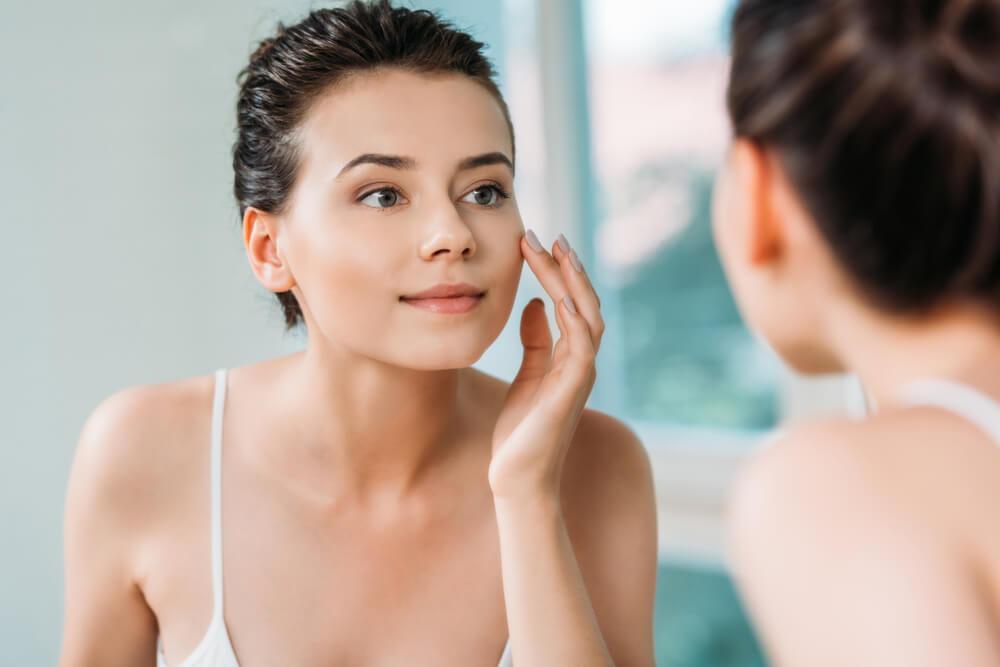
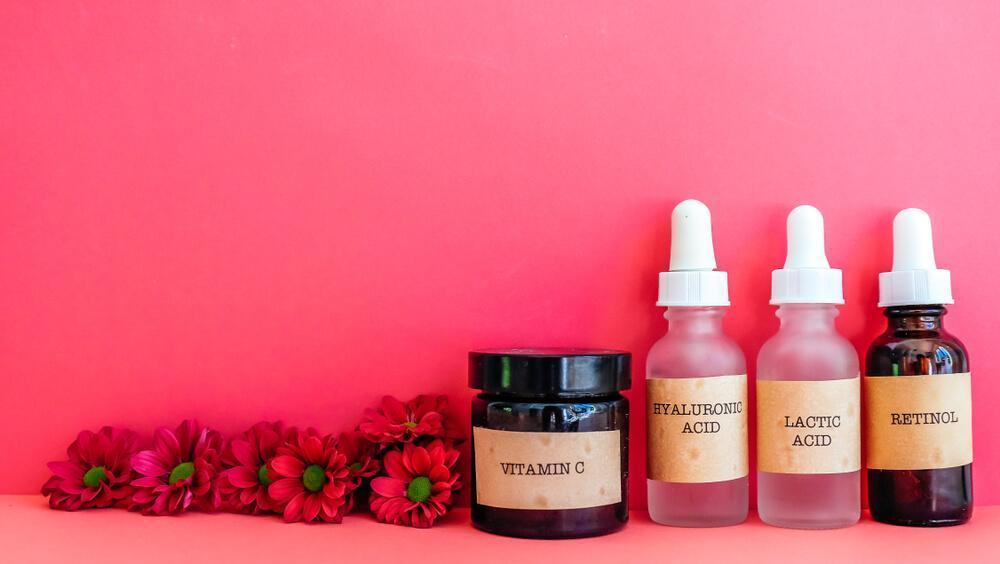
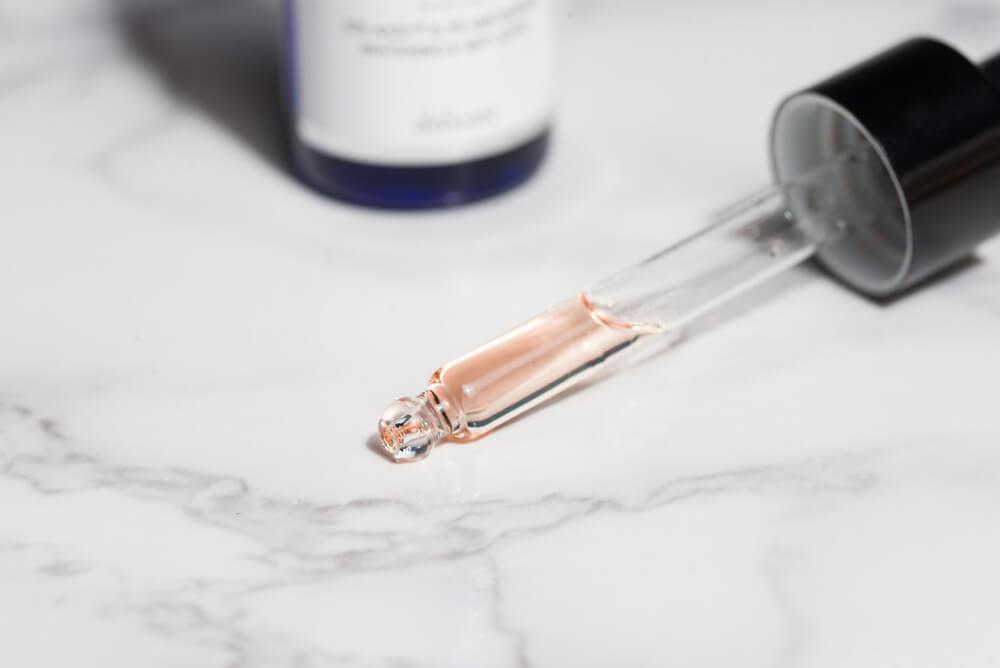
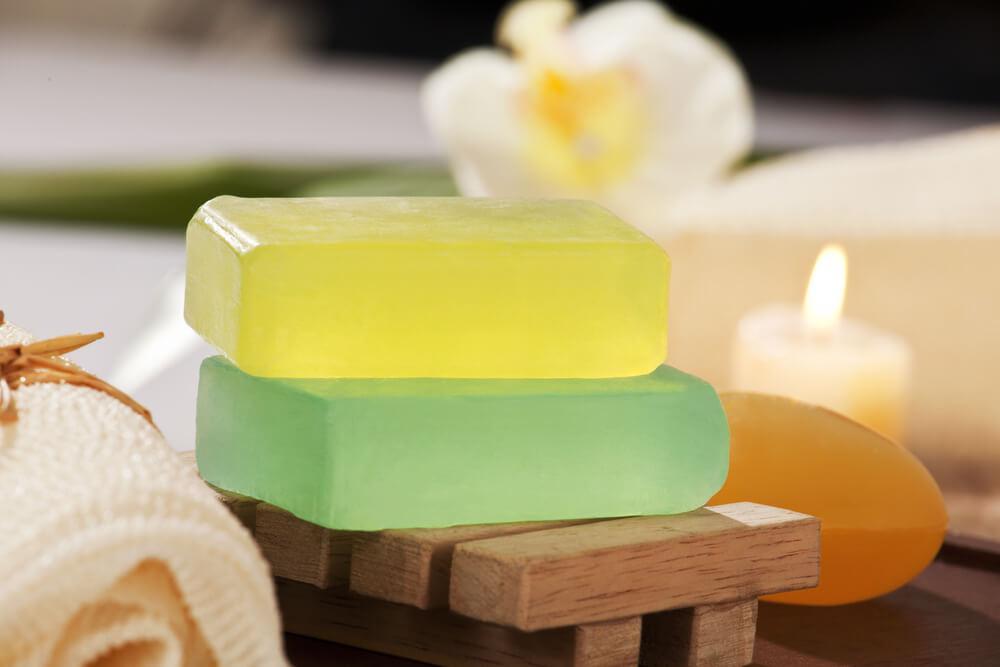

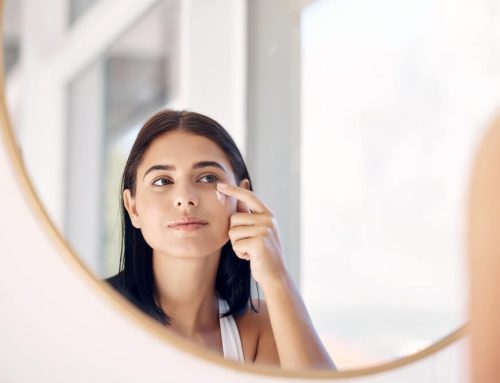
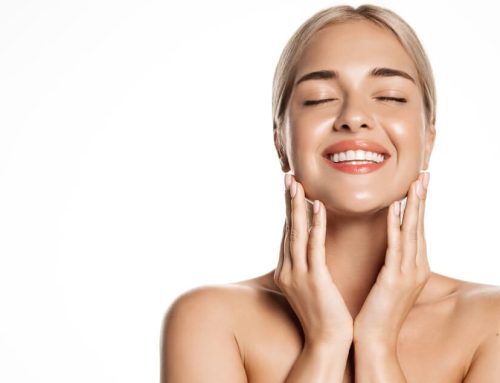

Leave A Comment